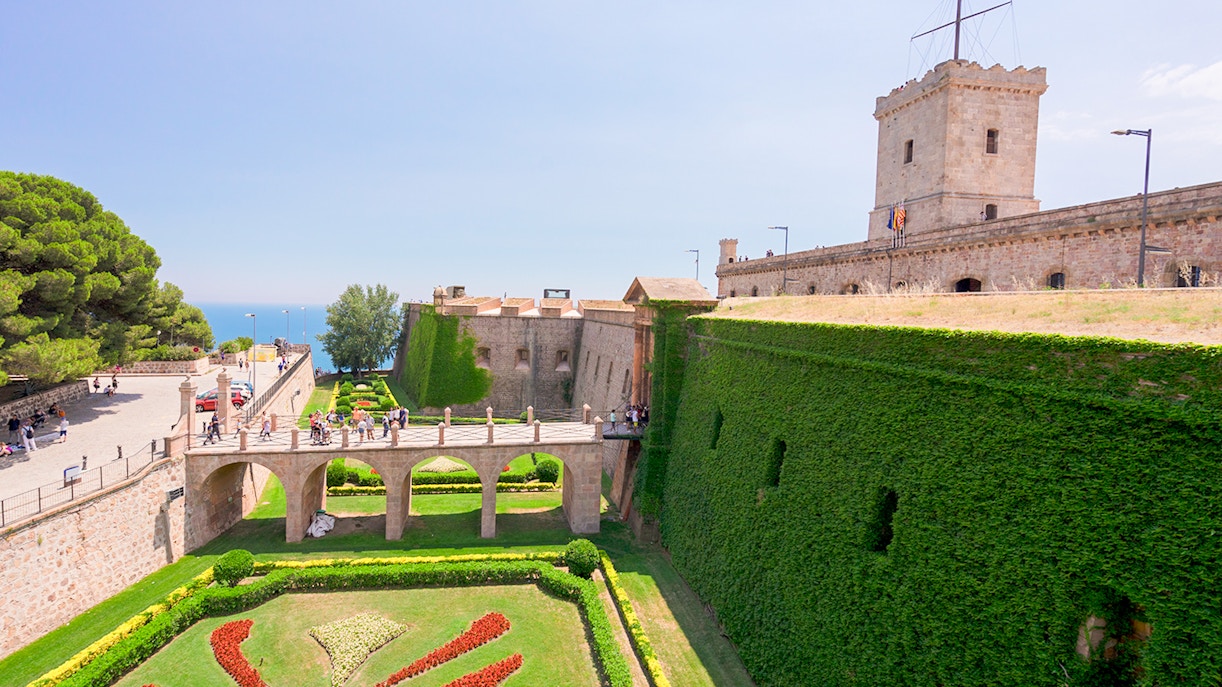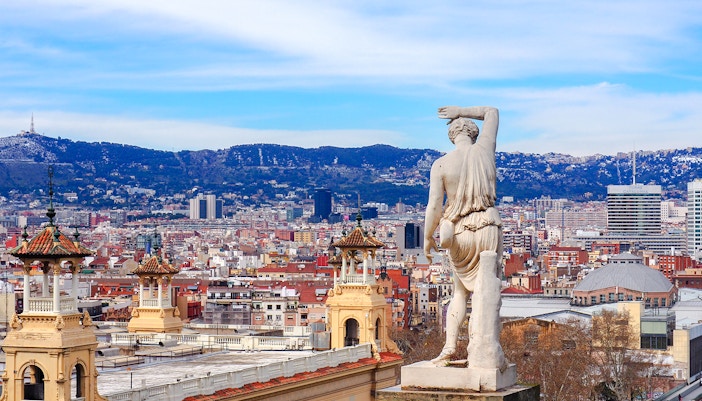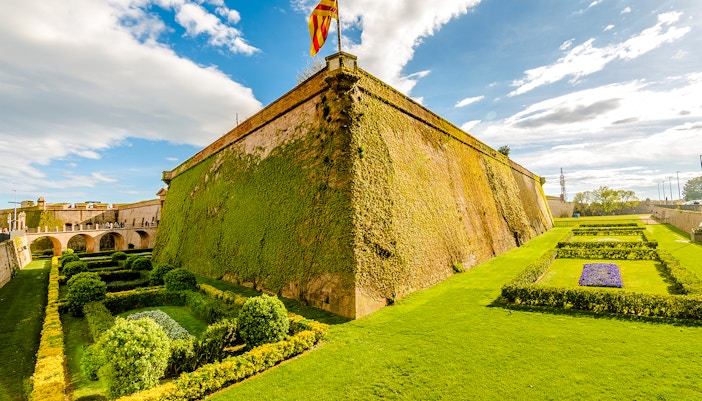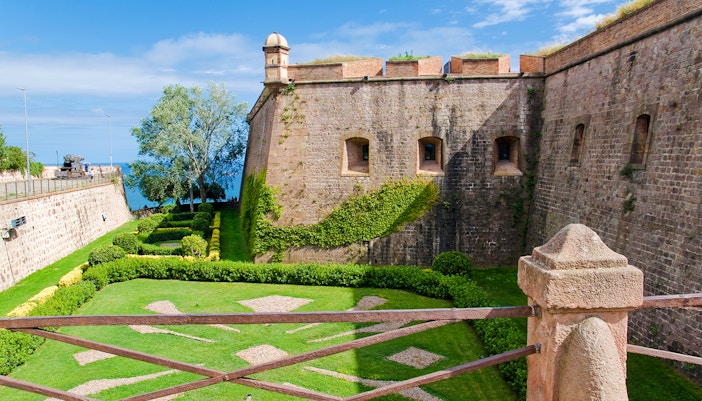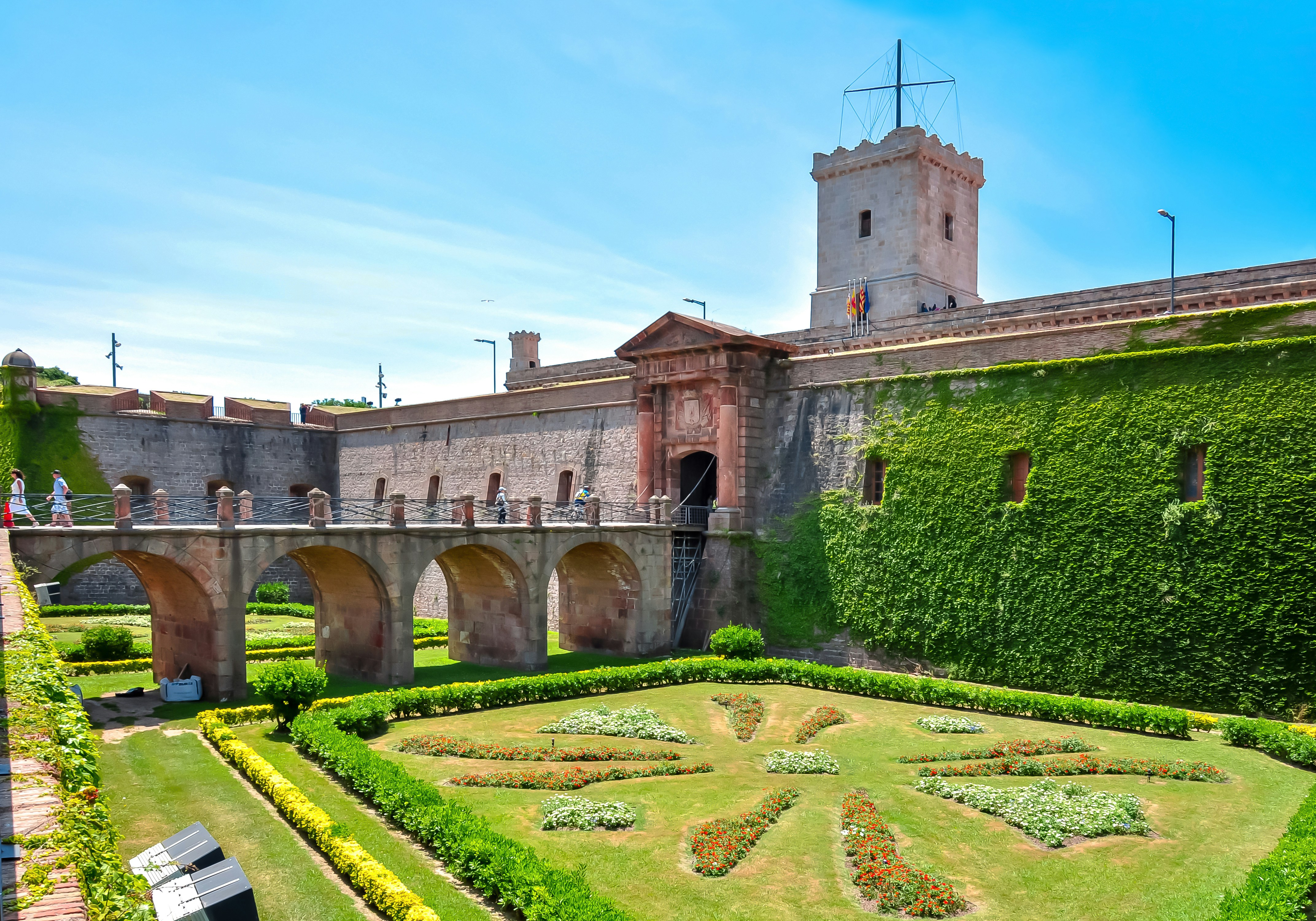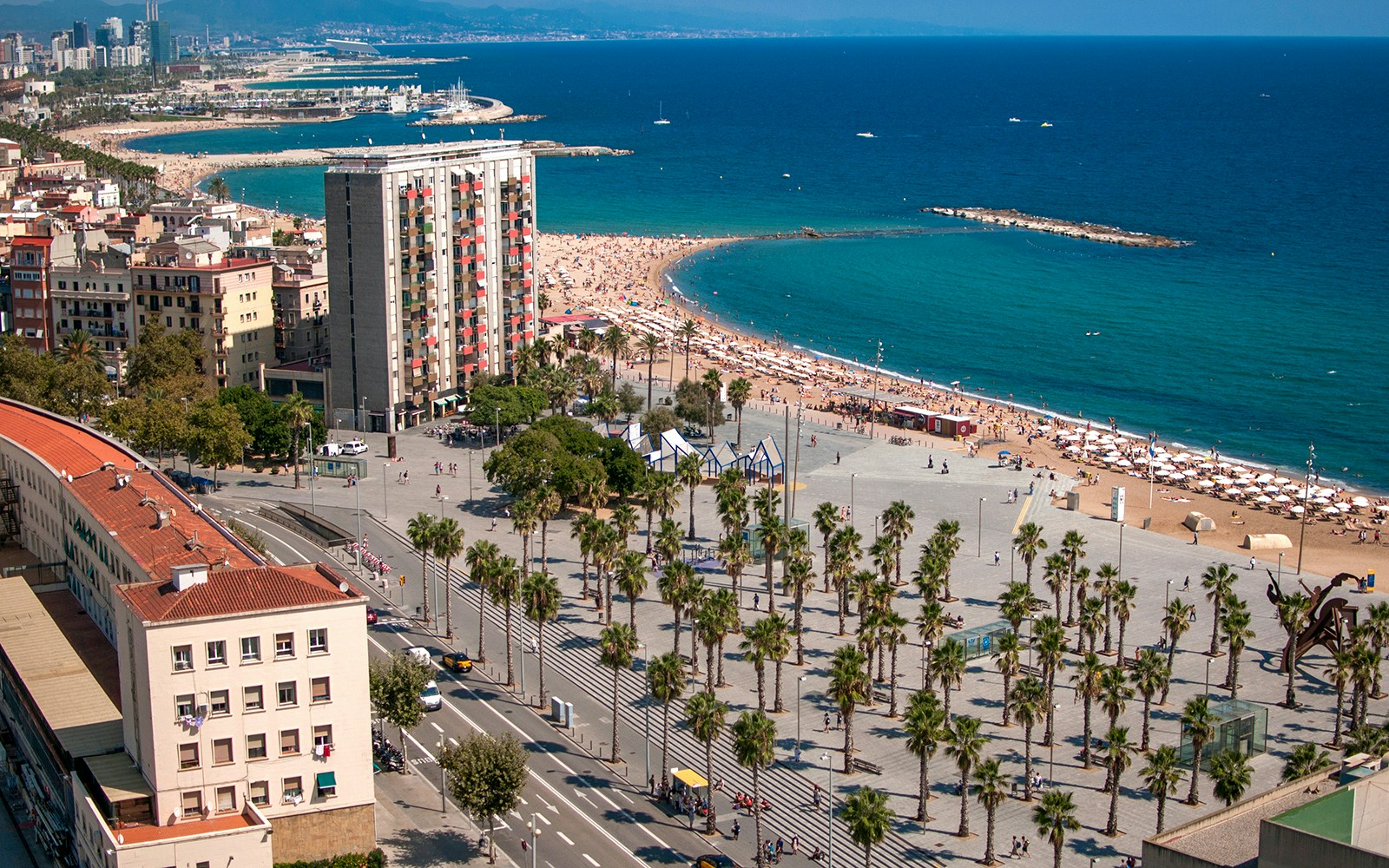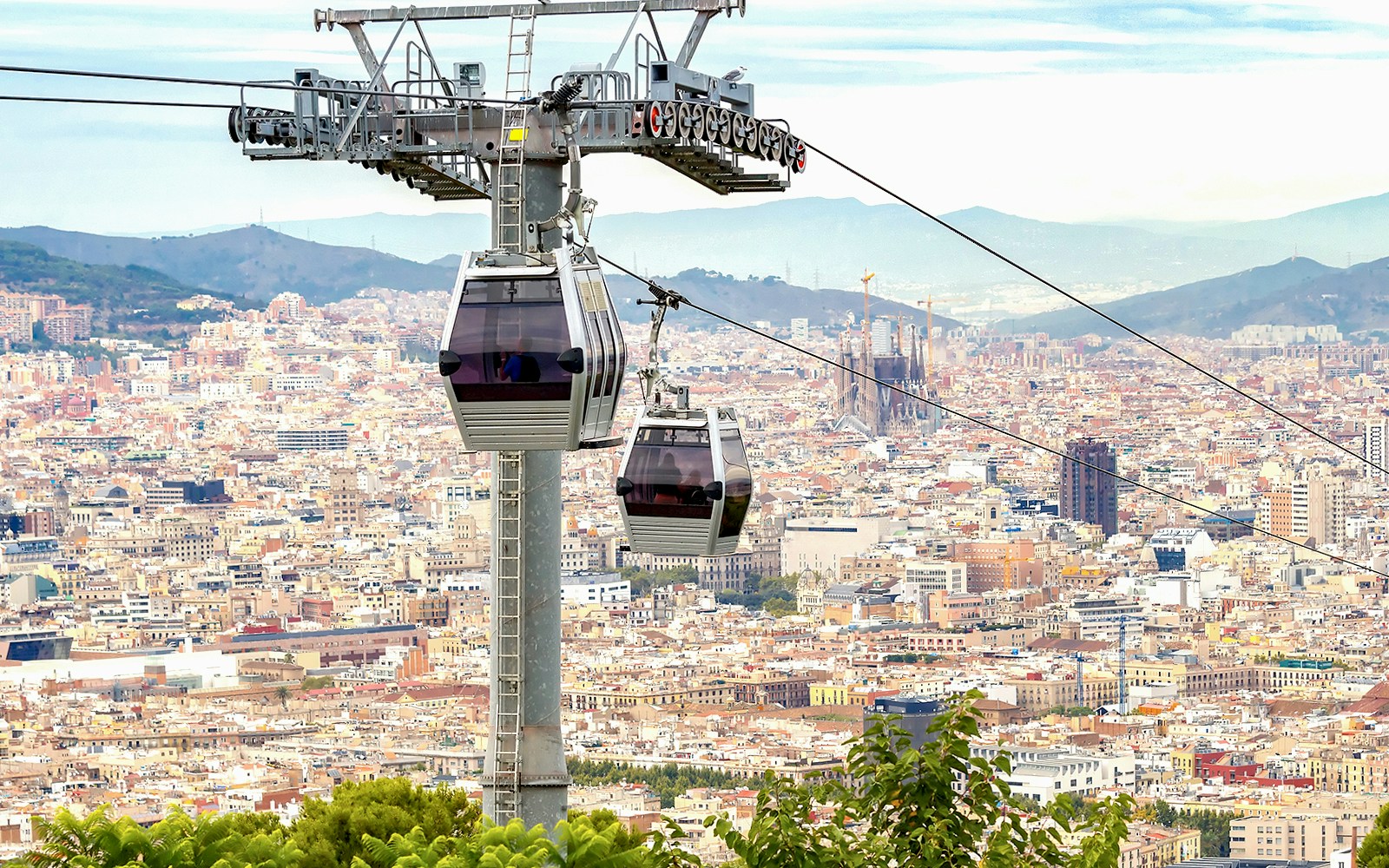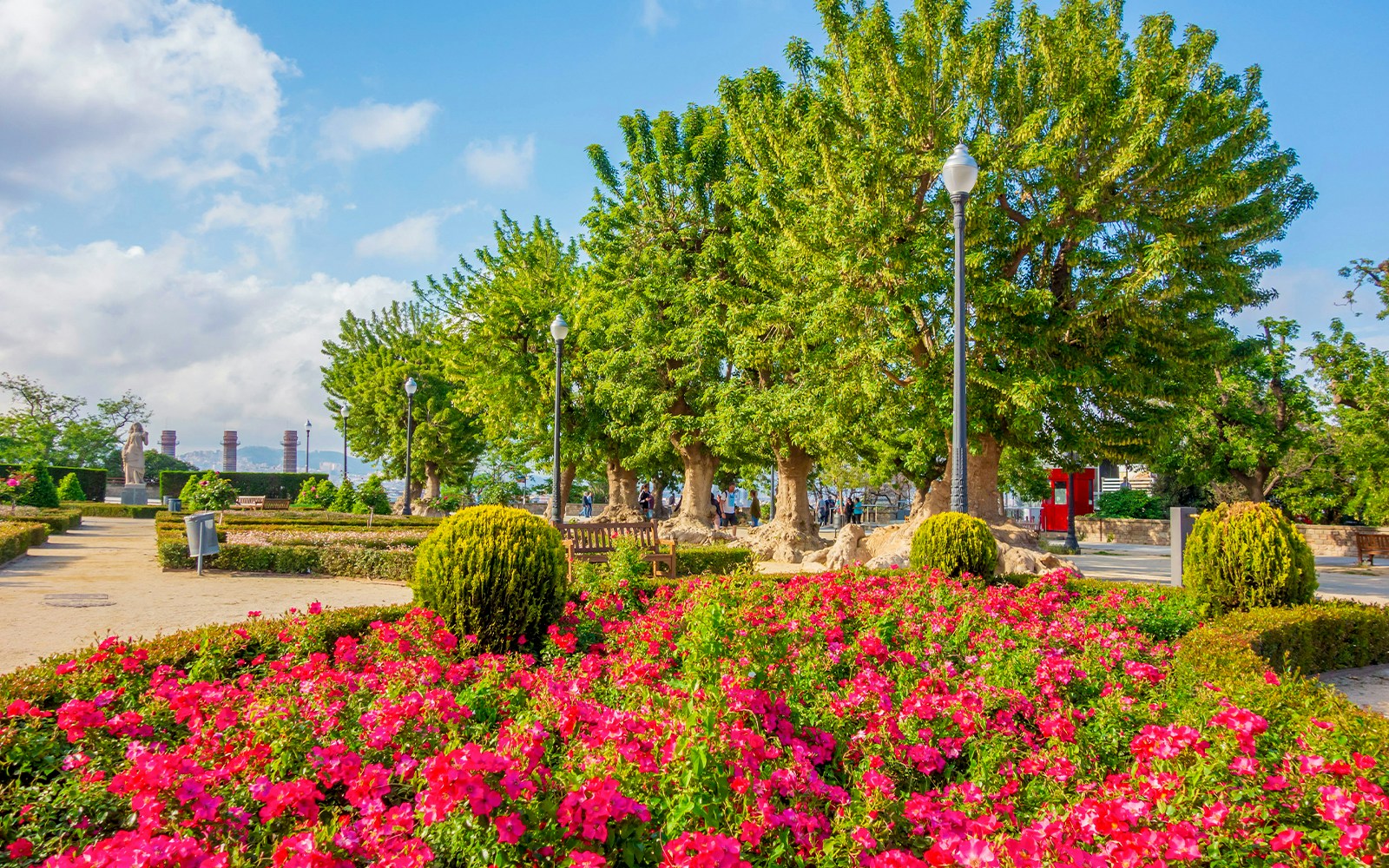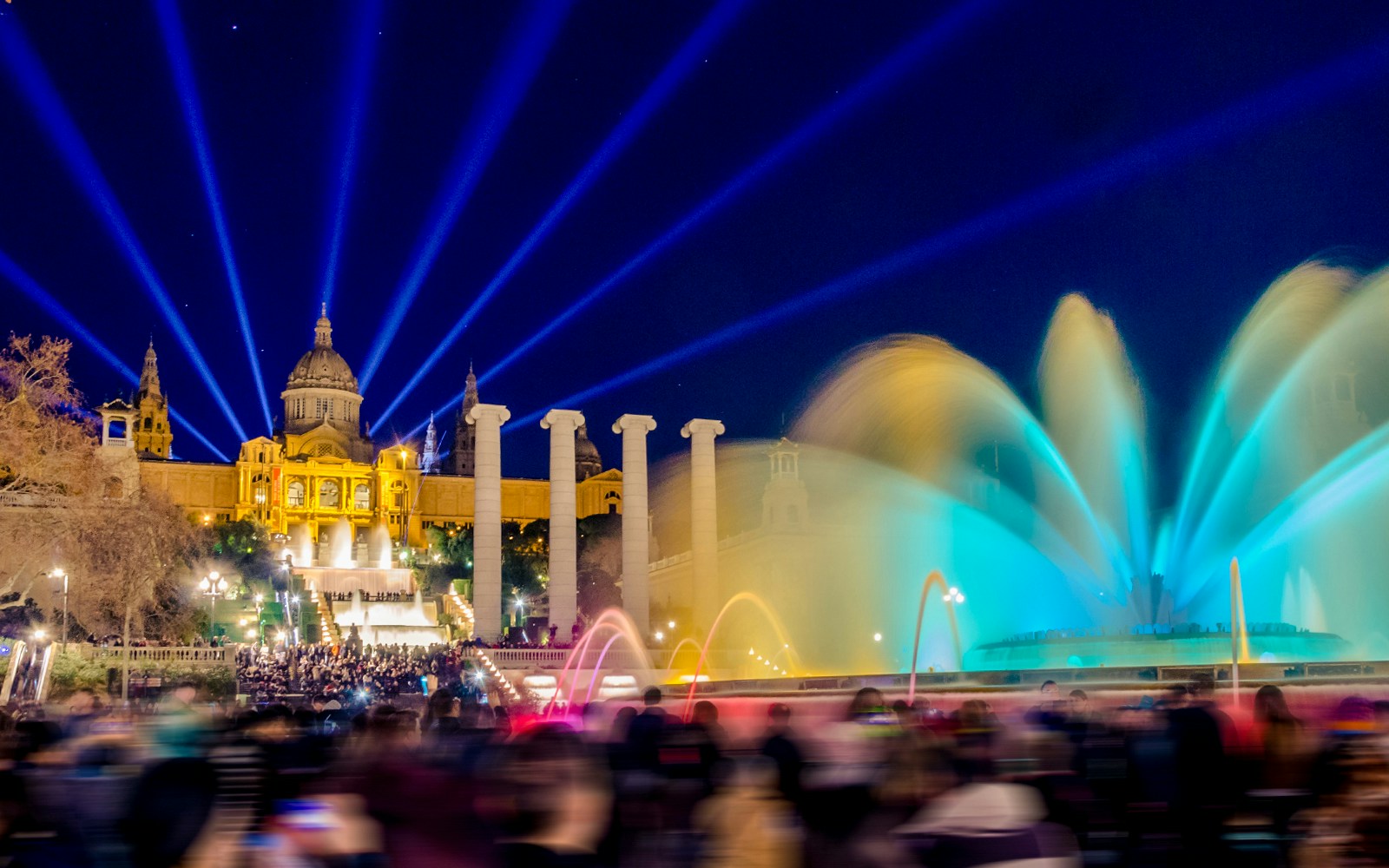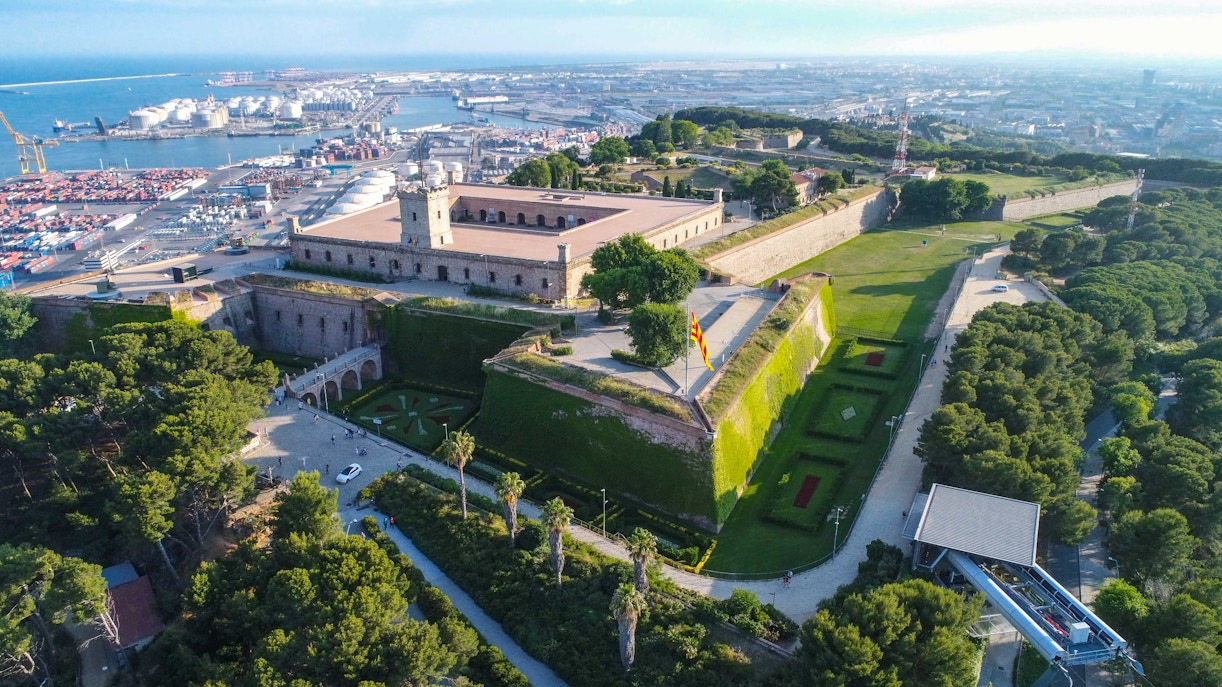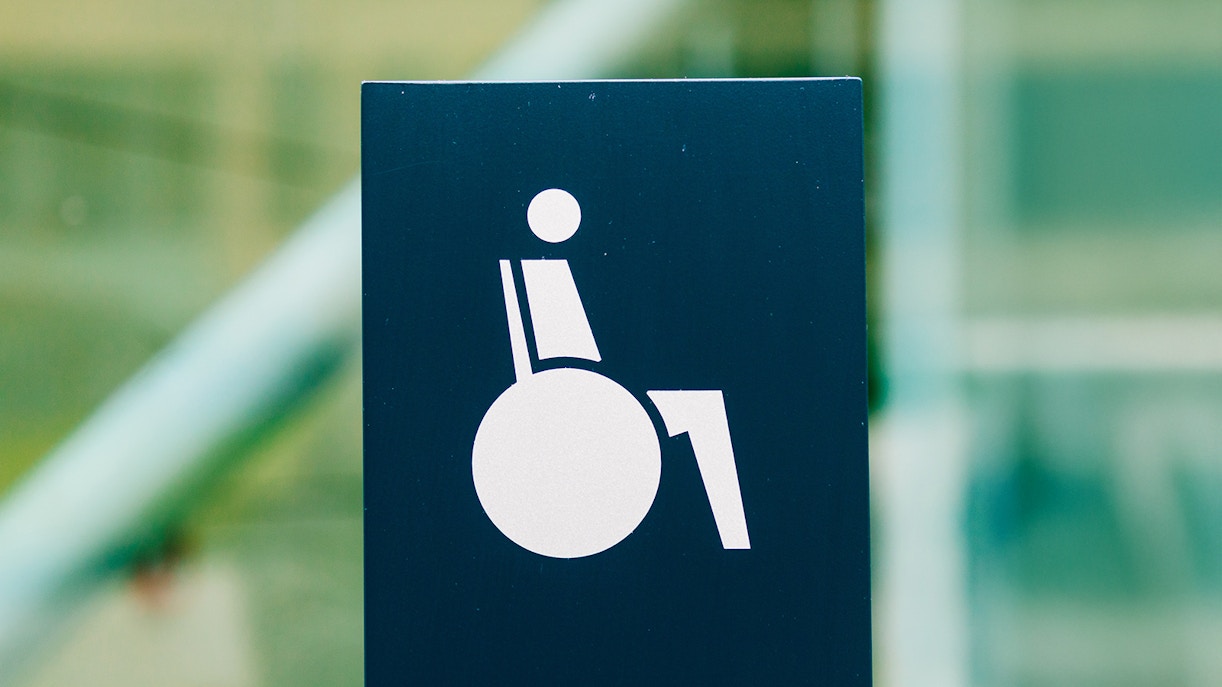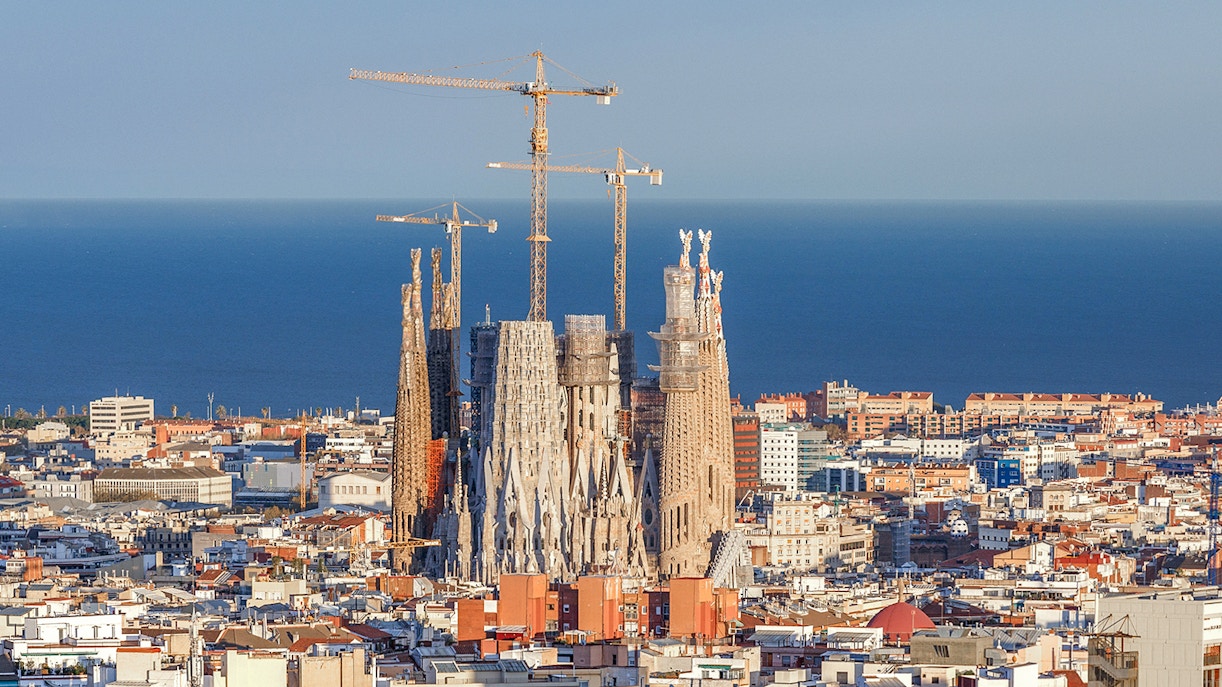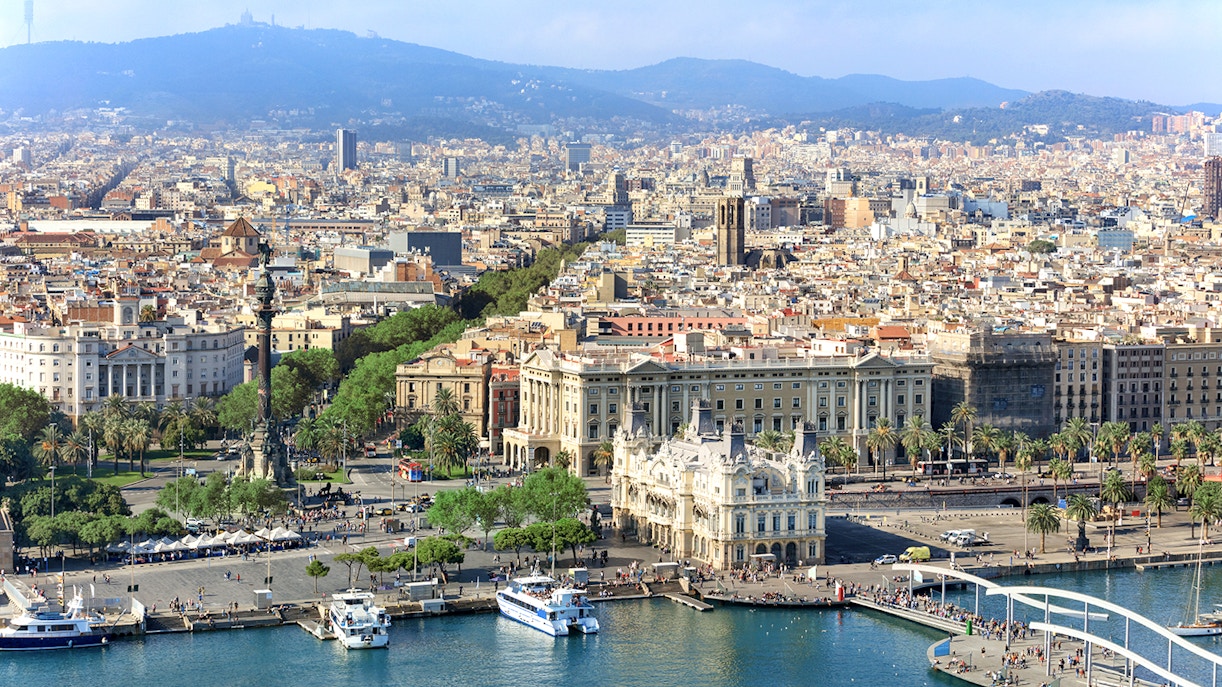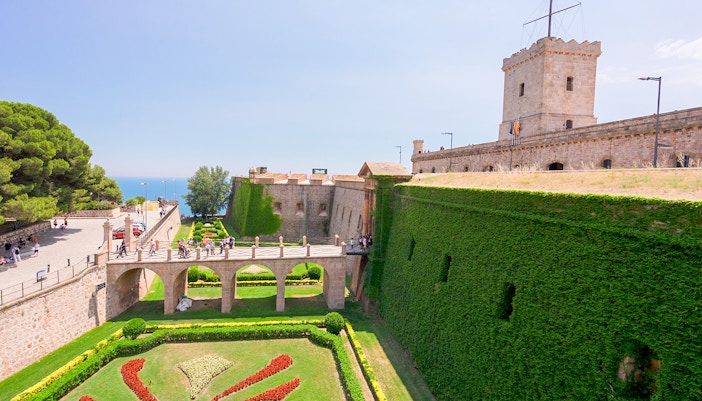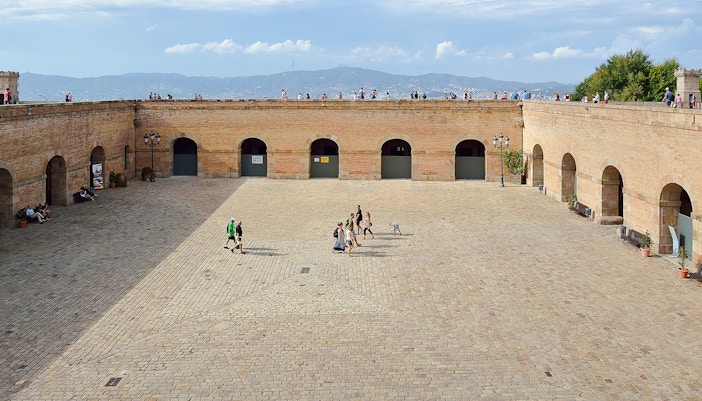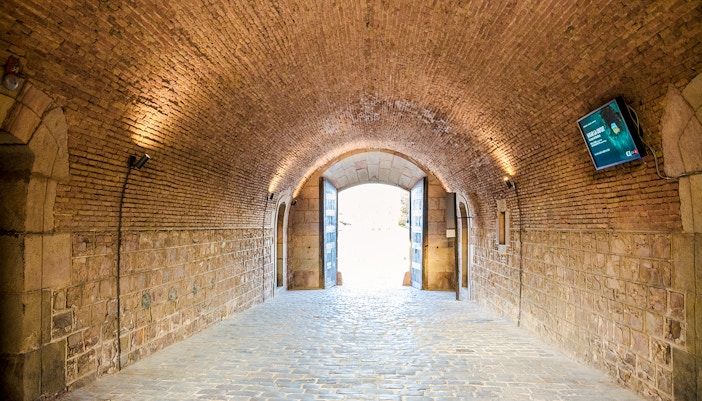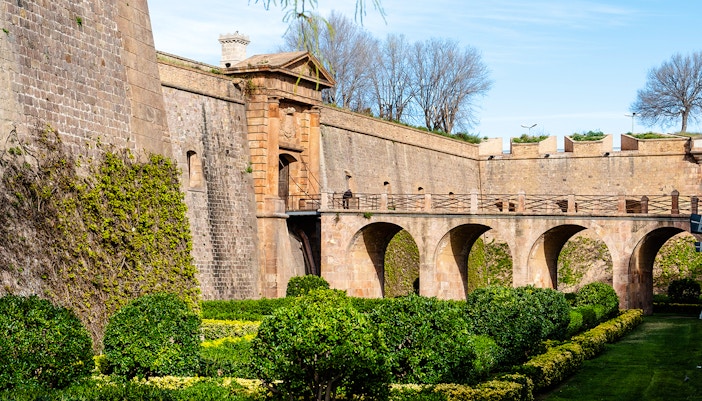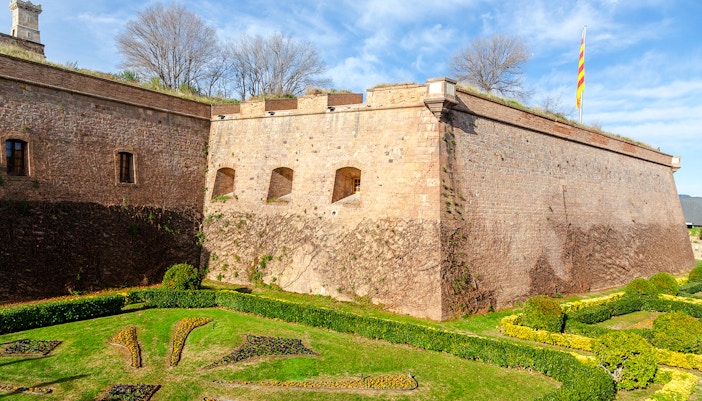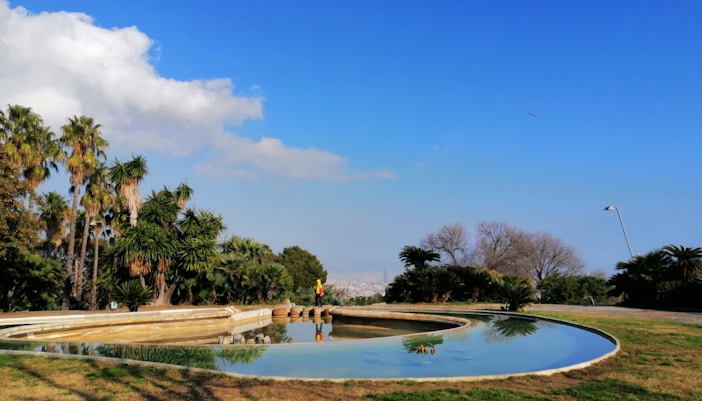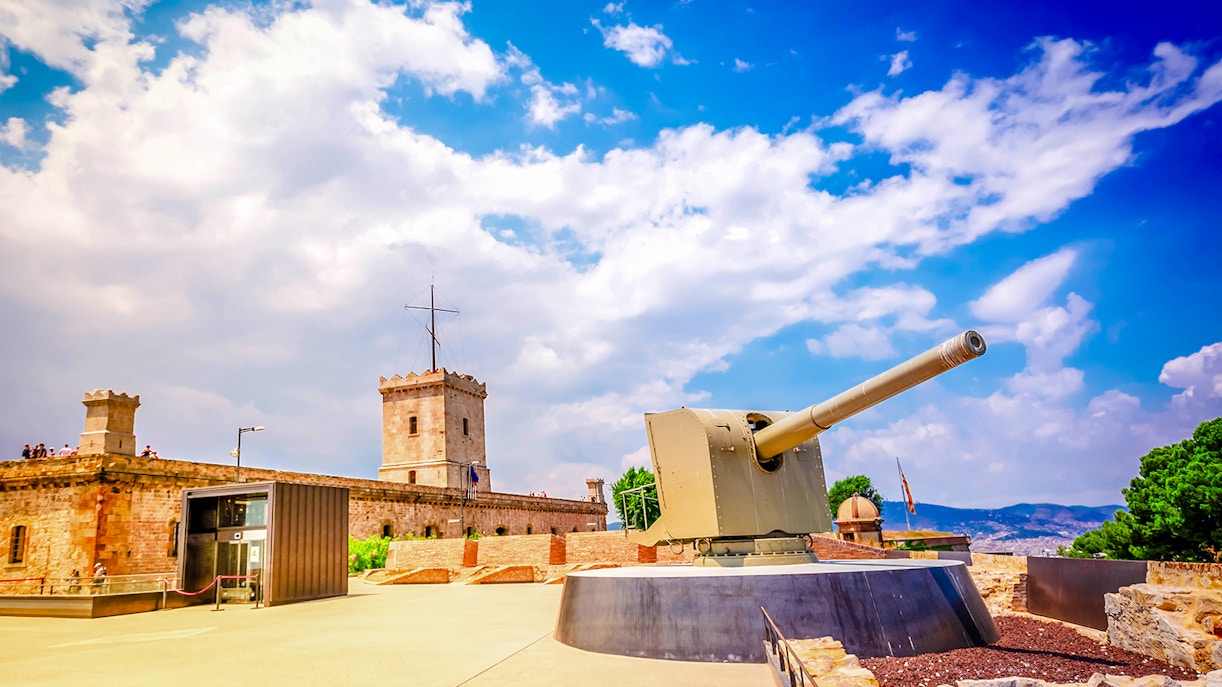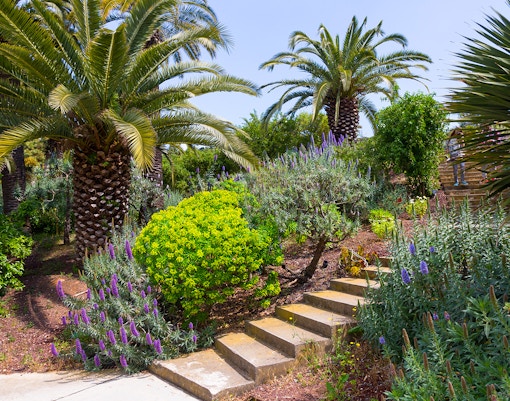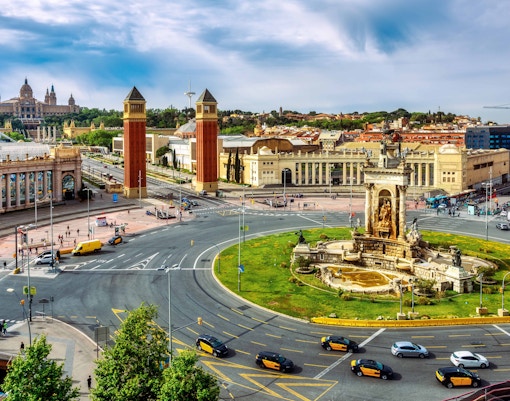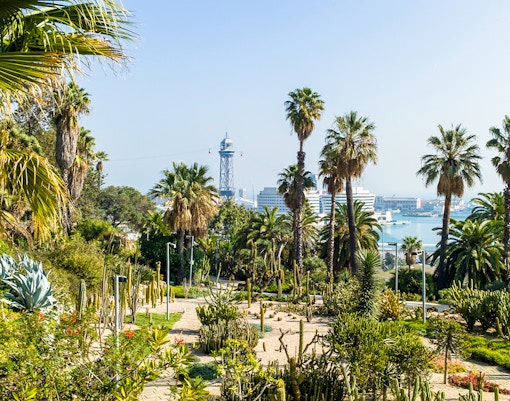Montjuïc Castle history made simple
The castle of Montjuïc has stood watch over Barcelona for centuries, and it has plenty of stories to tell. Originally built in 1640 during the Catalan Revolt, it began as a modest military outpost. Over time, it was expanded into a formidable star-shaped fortress, not so much to defend the city, but to control it.
In the 18th and 19th centuries, it served as a tool of repression, used to suppress uprisings and imprison political dissidents. Its darkest chapter came during the Spanish Civil War, when it became a site for political executions, most notably that of Catalan president Lluís Companys in 1940 under Franco’s dictatorship.
Fast forward to today, and the fortress has taken on a new identity. Since 2007, when it came under the ownership of the city of Barcelona, Montjuïc Castle has been transformed into a cultural and historical site that openly reflects its complex past.
